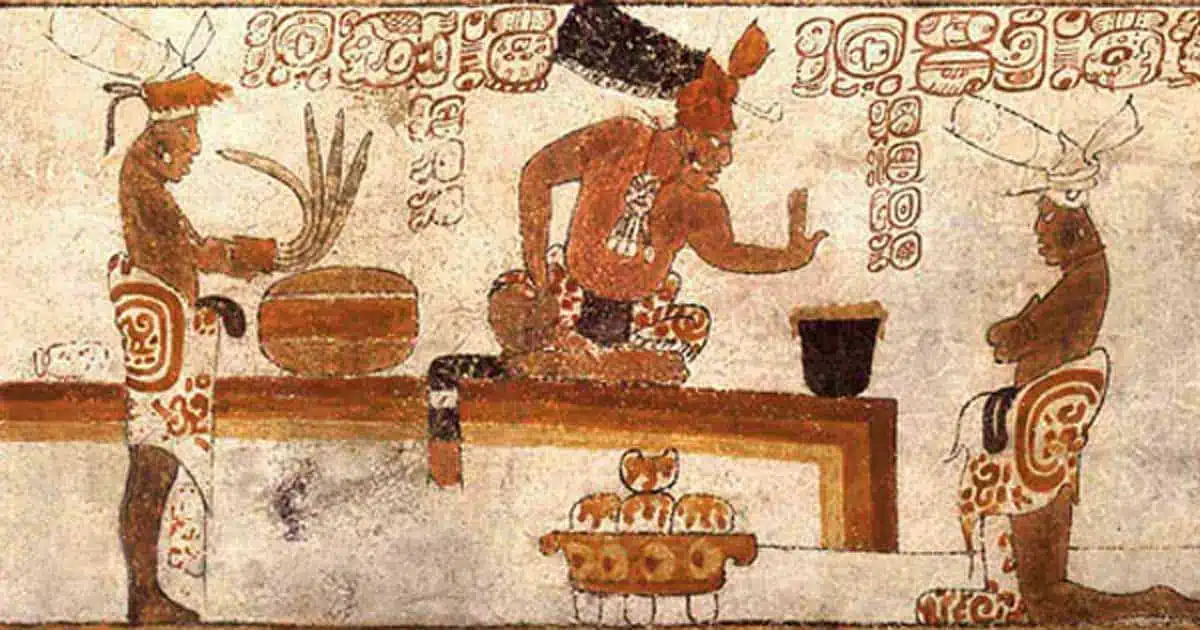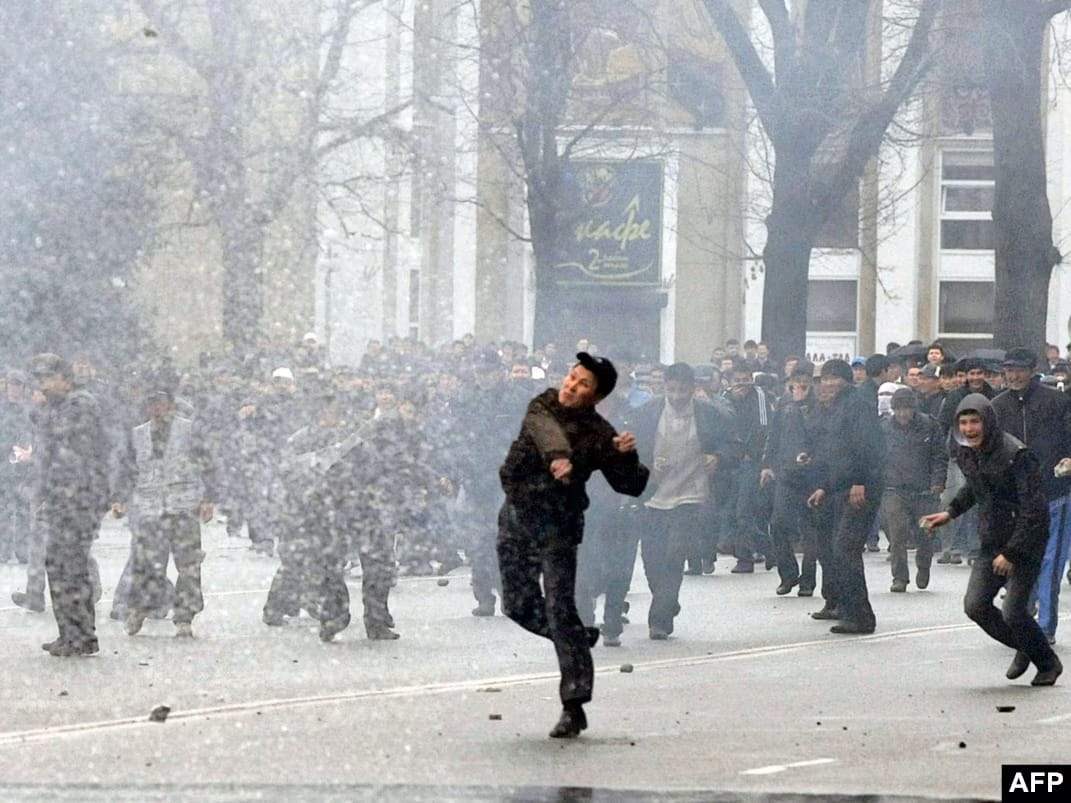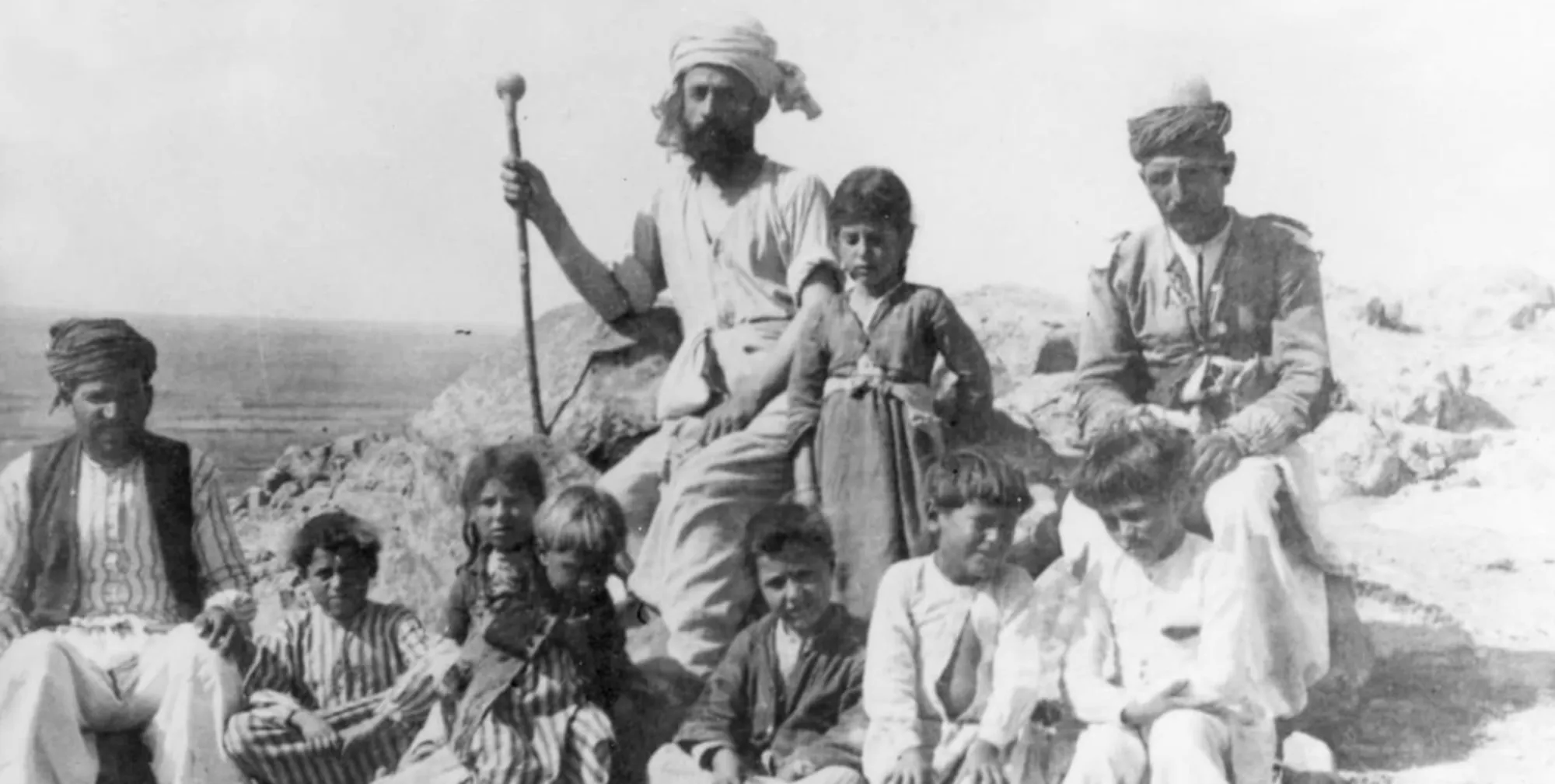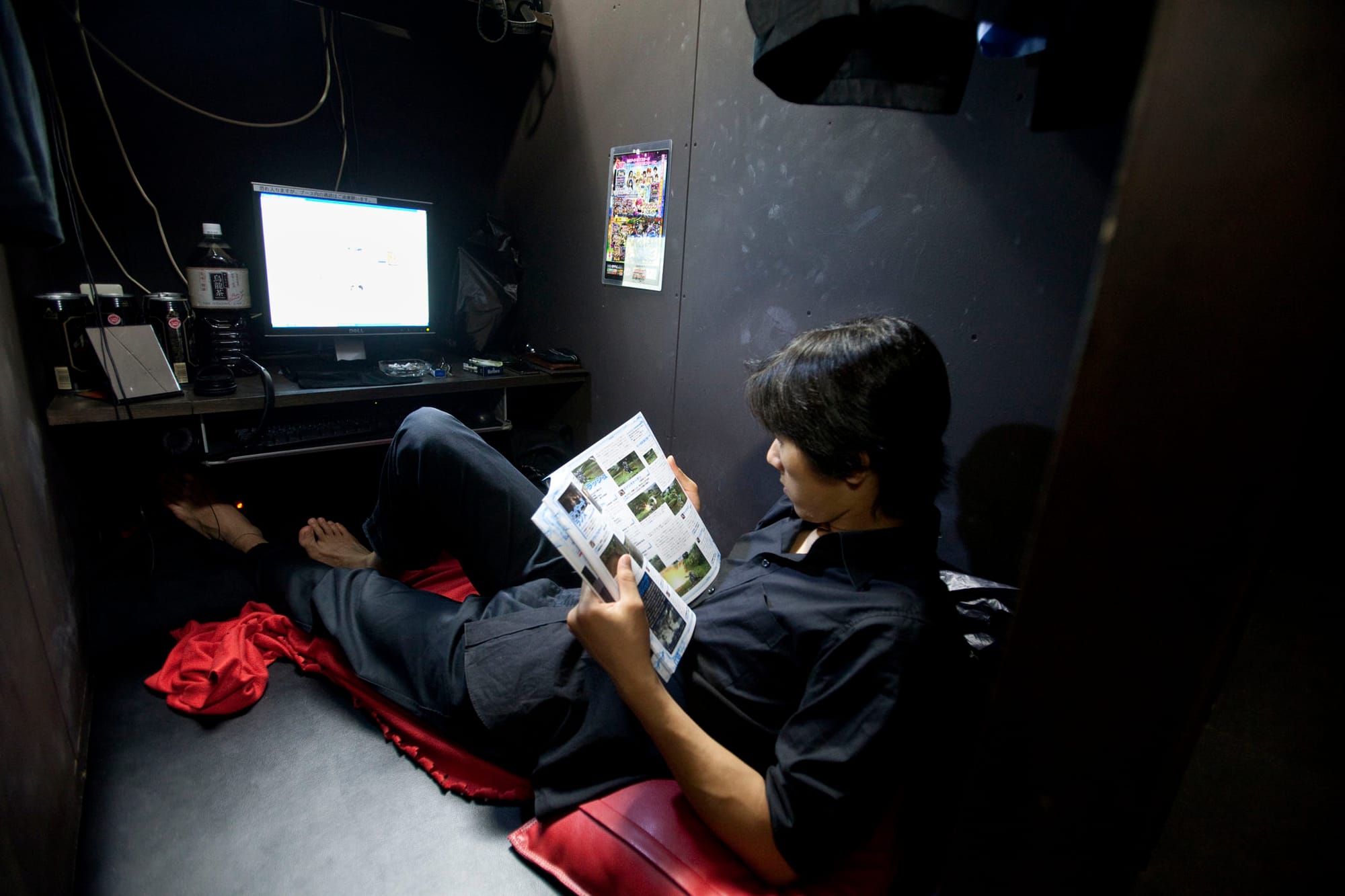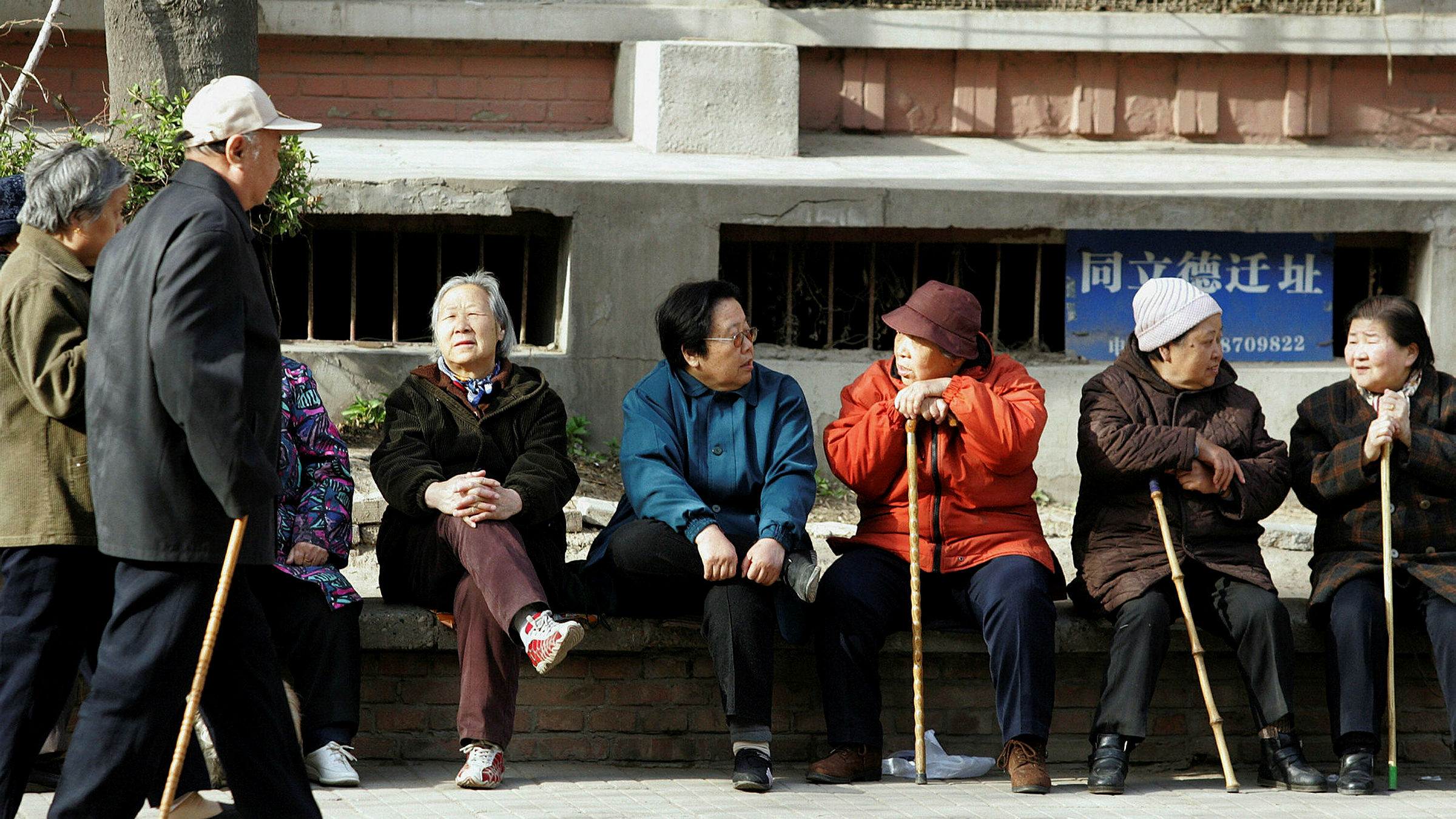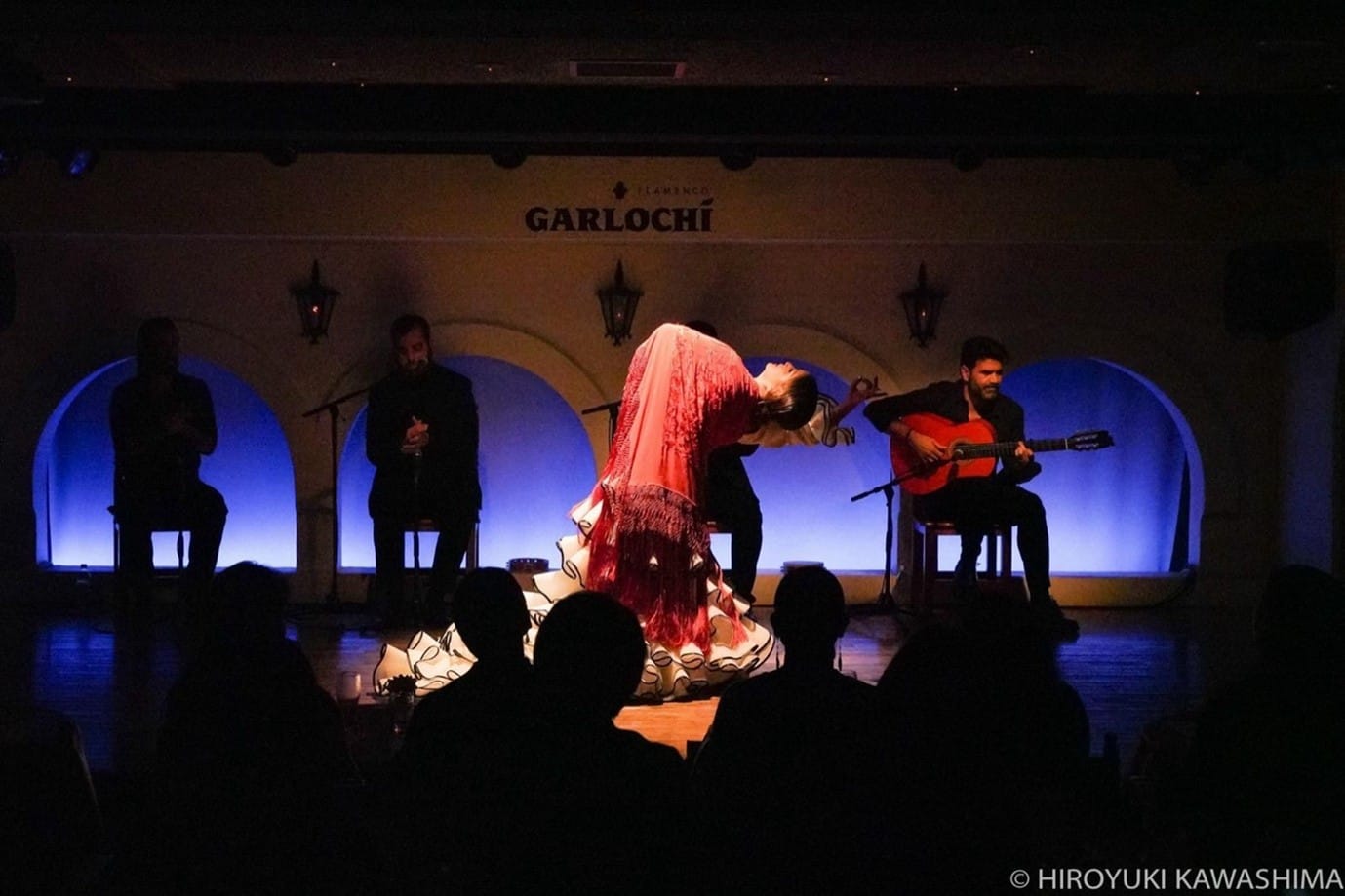The sacred drink of the Aztecs
Long before chocolate filled supermarket shelves as a favourite sweet treat, it was a sacred, bitter beverage of nobility. Moctezuma II, Aztec emperor from 1502-1520, was the ultimate chocolate lover and it was he who seemingly first brought it to the attention of Europeans. A contemporary account from Bernal Díaz del Castillo, a Spanish conquistador who served under Hernán Cortés during the conquest of the Aztec Empire, describes how Moctezuma II was served more than fifty jars of frothy cacao daily, presented by women in golden cups with “great reverence” as part of an elaborate ceremony.

Cacao’s spiritual significance
You might be wondering: why did Moctezuma II drink so much cacao? Partly, he believed it was an aphrodisiac that “help[ed] with women”. More importantly, cacao held deep spiritual importance. As with the Mayans, who believed that cacao was a gift from the gods and symbolised life and fertility, cacao held sacred status for the Aztecs. To them, it was linked to the god Quetzalcoatl, who, according to legend, gave cacao to humanity. As a result, it was consumed by priests and nobles during religious rituals and offered to the gods. This spiritual symbolism is also reflected visually in Aztec An Aztec woman makes the cacao drink, generating foam by pouring the liquid from one vessel to another at a height Glyph of cacao tree from the front page of the Aztec Fejérváry-Mayer Codex. The tree flanks the god Tezcatlipoca, as one of the ‘trees of life’ codices, such as the glyph of the cacao tree seen alongside Tezcatlipoca on the first page of the Fejérváry-Mayer Codex, appearing as one of the ‘trees of life’.

The preparation of cacao: A complex process
Given that it was such a revered substance, the drink’s preparation required a suitably meticulous process. First-hand accounts from Bernardino de Sahagún, a 16th -century missionary, reveal that after the seeds were ground into powder on grinding stones called metates, other ingredients such as ground up flowers, chilies, and even liquid latex extracted from rubber tree bark—believed to help cure infections—were mixed in. Water was added, and, after “vigorous beating”, the beverage was poured from one vessel to another at a height to aerate it and create its frothy texture.
Cacao as a currency
Cacao was so valuable that it was even used as a form of currency. Cacao trees were “held in great esteem, for their beans [were] the main currency of the land”, used more widely than both silver and gold. However, cultural value doesn’t always translate.
For the Europeans first coming across cacao in the Americas, what was sacred and esteemed to the Aztecs appeared strange, bitter, and often unpalatable.

Europe’s first encounters with cacao
In his chronicles of the time, Christopher Columbus’ son tells us that his father first encountered cacao in 1502 during his fourth voyage to the Americas. However, he dismissed the beans—highly valued by Indigenous Peoples—as worthless “almonds”, seizing instead items he considered most impressive and valuable such as swords and hatchets.
Many Europeans were initially not fond of the drink and some even mocked it. One Italian traveler declared it “fit only for pigs”, while others were disturbed by its colour— bright red when annatto paste was added—and its foam, associating it with blood.
The beverage was even associated with excrement, perhaps because of the Aztec name for it: cacahuatl (‘chocolate water’)—its root caca- closely resembling the vulgar word for feces in Latin and the Romance languages. This may explain why the term chocolatl (believed by many to mean ‘bitter water’) was used by Europeans instead.
Chocolate’s turning point
Whilst some Europeans dismissed cacao, Hernán Cortés and his men clearly came to appreciate its medicinal and energising properties after meeting Moctezuma II in Tenochtitlán in 1519. Often attributed to a participant in Cortés’s expedition, the Conquistador Anónimo’s Relación de Algunas Cosas de la Nueva España explains how cacao was considered “the healthiest and most nourishing food known in this world” and that “after drinking a cup, even on a journey, one can go the whole day without anything else”. Cortés is believed to have brought cacao beans and knowledge of the drink’s preparation back to Spain, introducing it to the Spanish court.
Thereafter the drink was quickly reimagined. Sugar, spices, and boiling water were added—marking the birth of the European-style hot chocolate that is much-loved today. By the 17th century, more than five tons of chocolate were consumed each year in Madrid.

